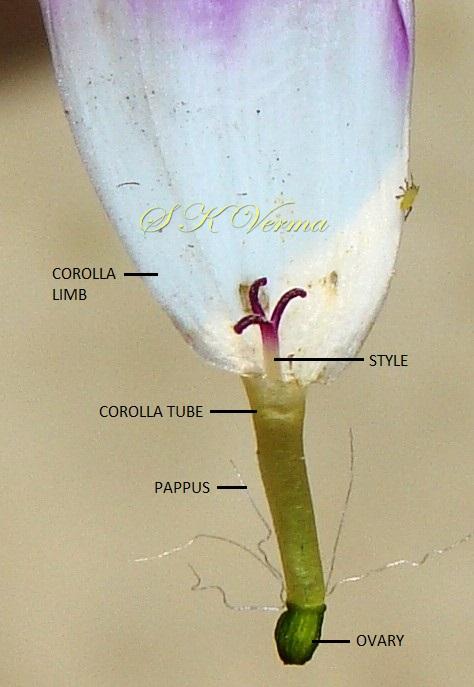PERICALLIS
Pericallis
D. Don in R. Sweet, Brit. Fl. Gard. 6: t 228. 1834; Chen & Nordenstam, Fl. China @ eFloras.org 20-21: 543; Barkley, Fl. North Amer. @ eFloras.org 20: 607.
Perennial herbs, subshrubs or shrubs, grey-white tomentose or glabrous. Stem usually 1, erect or spreading (branched distally). Leaves alternate, petiolate, blades palmately nerved, cordate-deltate to orbiculate or polygonally lobed; margin obtusely dentate to sharply serrate, faces sparsely hairy. Capitula radiate, numerous, mostly in corymbose arrays. Calyculi absent. Involucres campanulate, cylindric to urceolate, mostly 2-8 mm diameter, phyllaries mostly in 1-series, erect, mostly equal, margin scarious, apically obtuse or acute. Receptacle flat, feveolate (having cavities like honey-comb) epaleate. Ray florets +/- 13 or +/- 21, female, fertile, variously coloured (whitish or bluish, pinkish, purplish) but not yellow, often proximally pale and distally darker. Disc florets 40-60+, bisexual, fertile; corolla tubular, ochroleucous white, cream or pink, purplish or reddish; tubes longer than funnelform throats, lobes 5, erect or reflexed, deltate to lanceolate. Anthers not caudate, obtuse or sagittate at base, antheropodium balusterform. Style branches linear with separated stigmatic areas (in 2 lines), apices truncate, with short sweeping hairs. Cypselae terete, elliptic-oblong, glabrous or puberulent, ribbed. Pappi many (20- 40+), caducous, white, barbellate bristles (in disc florets), sometimes 2 setiform to subulate scales or absent (in ray florets).
16 species
Pericallis x hybrida
Pericallis x hybrida
(Bosse) B. Nord., Opera Bot. 44: 21. 1978; Fl. China @ eFloras.org 20-21: 544; Berkeley, Fl. North Amer. eFloras.org 20: 607; Senecio hybridus Reg., Gartenflora 8: 310. 1858; Cineraria hybrida Willd., Enum. Pl. 2: 893. 1809.
Herbs, perennial. Stem erect 20-80 cm tall, branched distally, sparsely to densely white pubescent. Leaves alternate, petiolate. Petiole 4-10 cm, basally expanded and amplexicaul; leaf blades abaxially green, adaxially grey-white, reniform to broadly cordate, sometimes upper leaves triangular-cordate, large 10-15 cm x 10-20 cm, densely tomentose, palmately veined, base deeply cordate, margin irregularly deltoid-lobed or obtusely dentate, apex acute or acuminate; uppermost leaves subsessile or sessile, smaller. Capitula numerous, terminal, broadly corymbose, 3-5 cm diameter, radiate, variously coloured; peduncles 3-6 cm, coarse. Involucres campanulate, 5-10 mm x 7-15 mm; phyllaries 1-seriate, ca. 8 mm x 2 mm, lanceolate, strigose on outer surface, acute or acuminate. Receptacle epaleate, pitted. Ray florets: 13-21, in 1 series, female, fertile. Corolla purple-red, blue, pink or white; tube much shorter than limb; limb spreading, narrowly elliptic-oblong, 2-3.5 cm x 1-1.5 cm, apically 2-lobed or 3-denticulate. Style 3-branched. Pappus 5 or more, free. Disc florets: Many, ca. 8 mm long, bisexual, fertile. Corolla 4-6 mm long; tube nearly equal to funnelform throat; limb 5-lobed, lobes ca. 0.5 mm long, deltoid. Pappus many; style 2-branched, apex more or less truncate. Cypselae oblong, 1.5-2 mm, angled or ribbed, at first hairy, glabrescent. Pappus many in disc florets, free, capillary-like bristles, 4-5 mm long, white; 5 or more, free, small in ray florets.
Common Names: Cineraria, Florist’s Cineraria, Common Ragwort
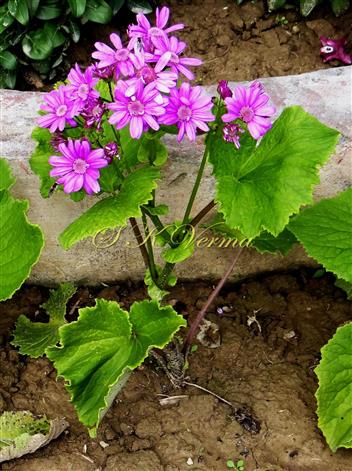
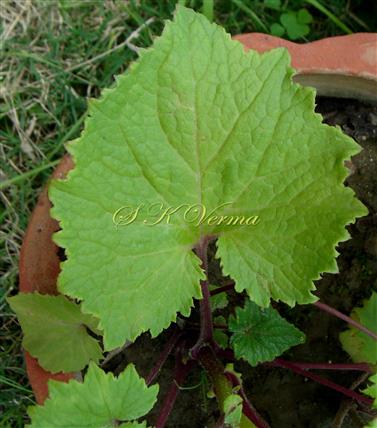
-DSC02939.jpg)
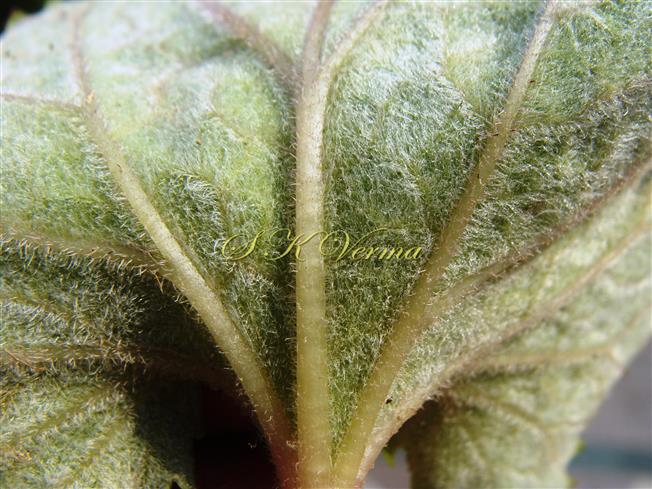
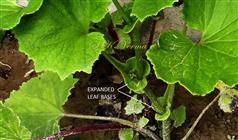
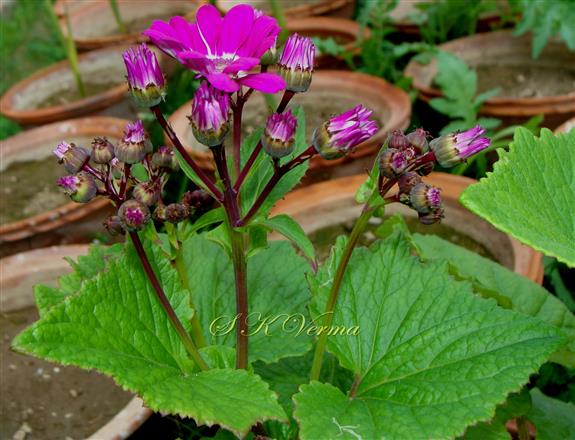
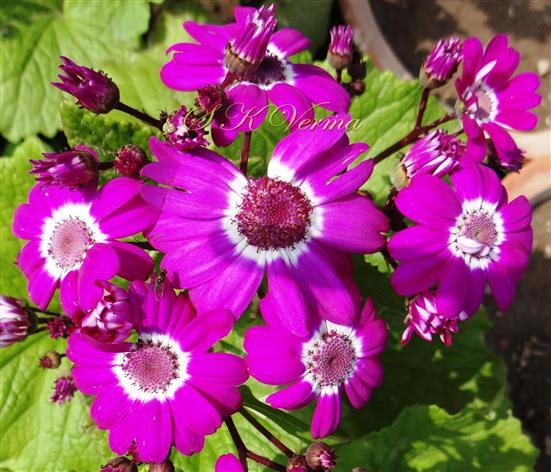
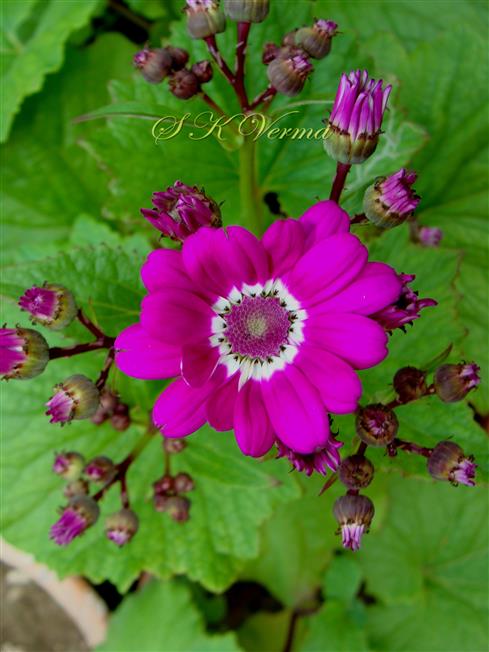
.jpg)

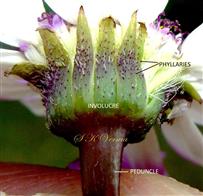
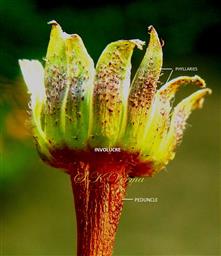
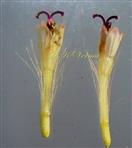
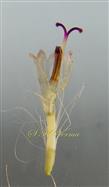
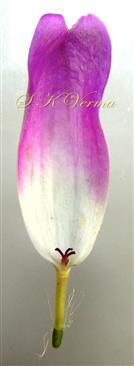




-DSC02939.jpg)





.jpg)






